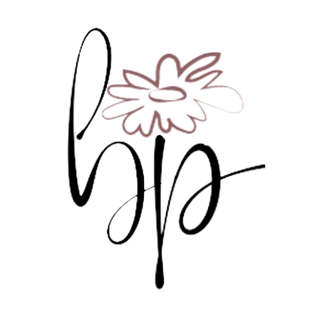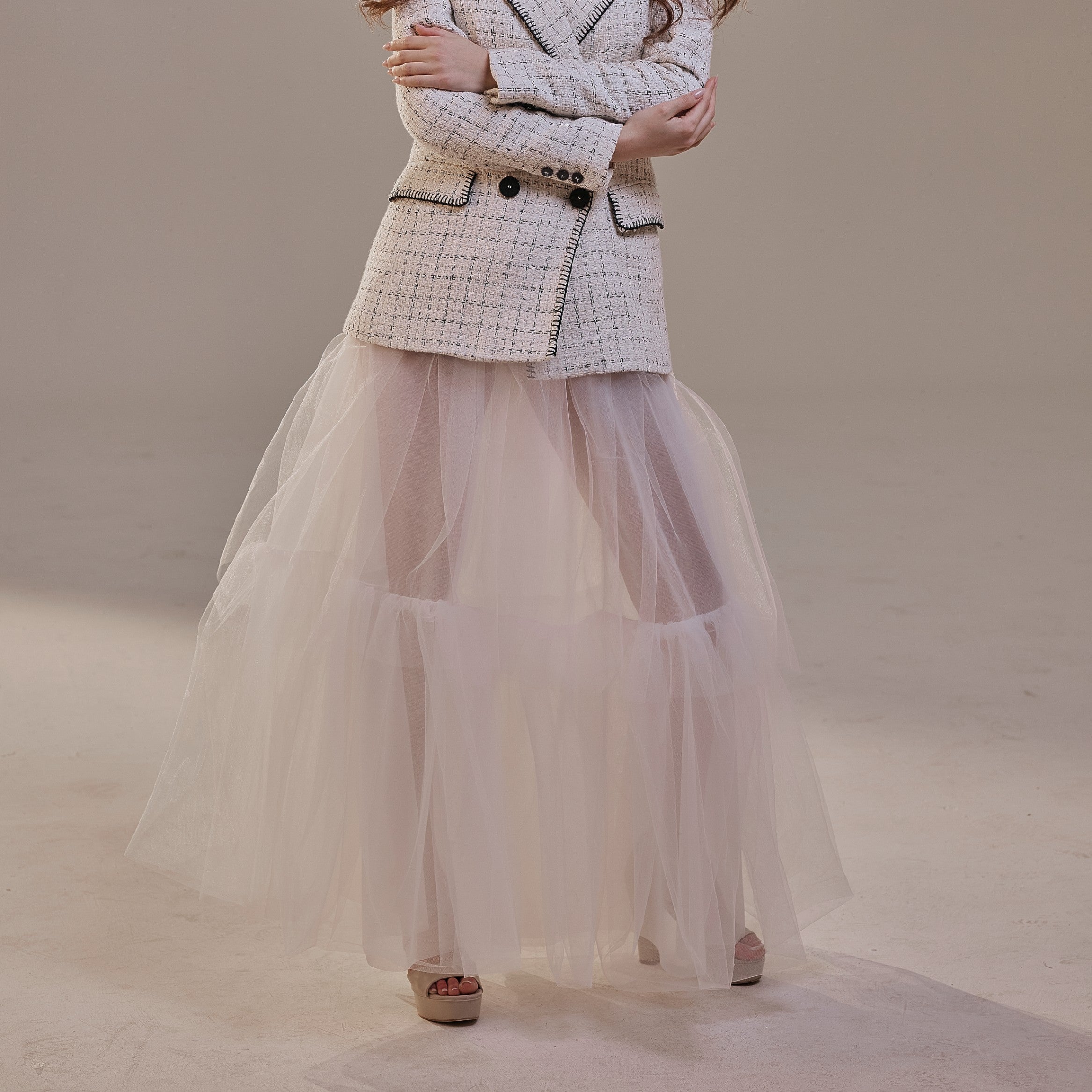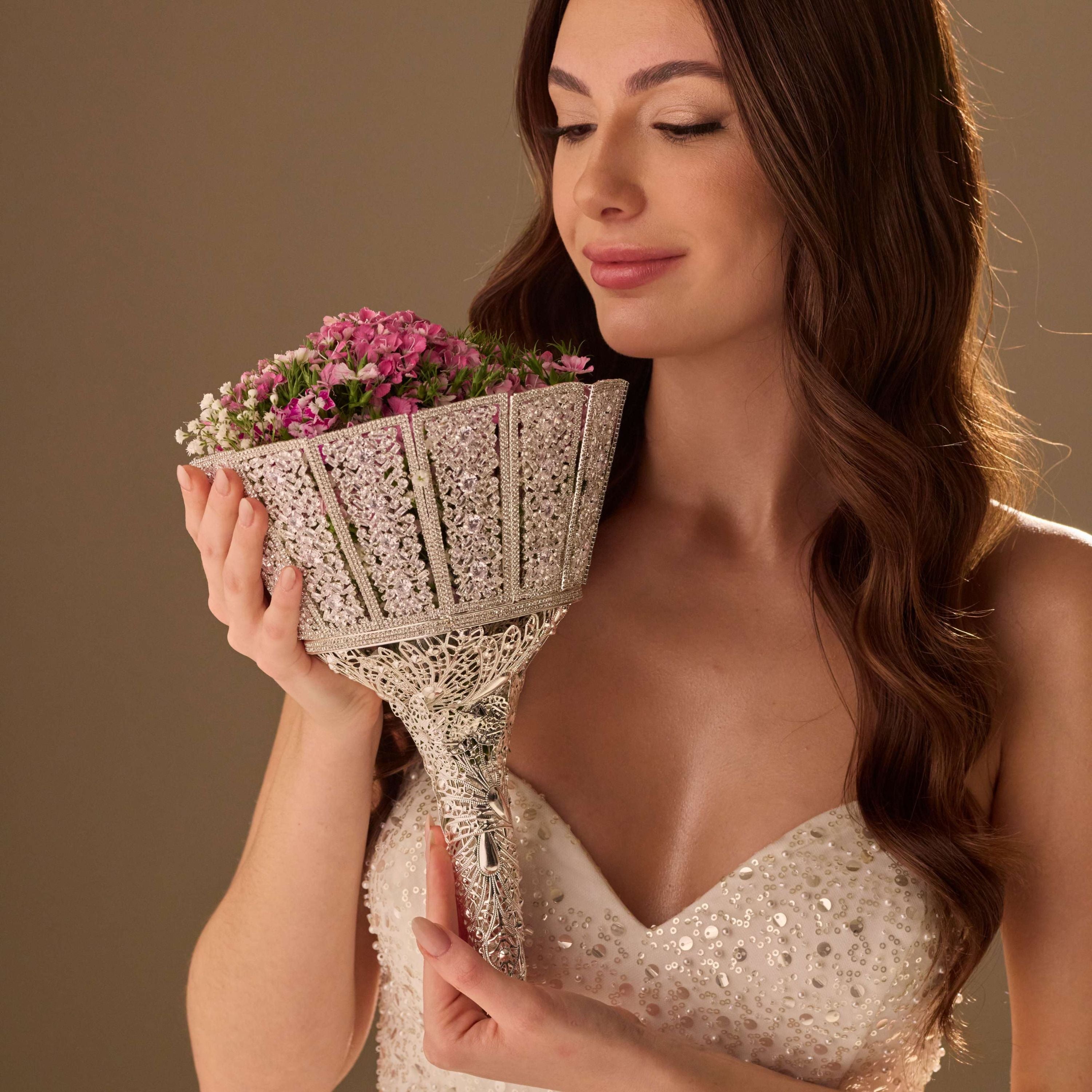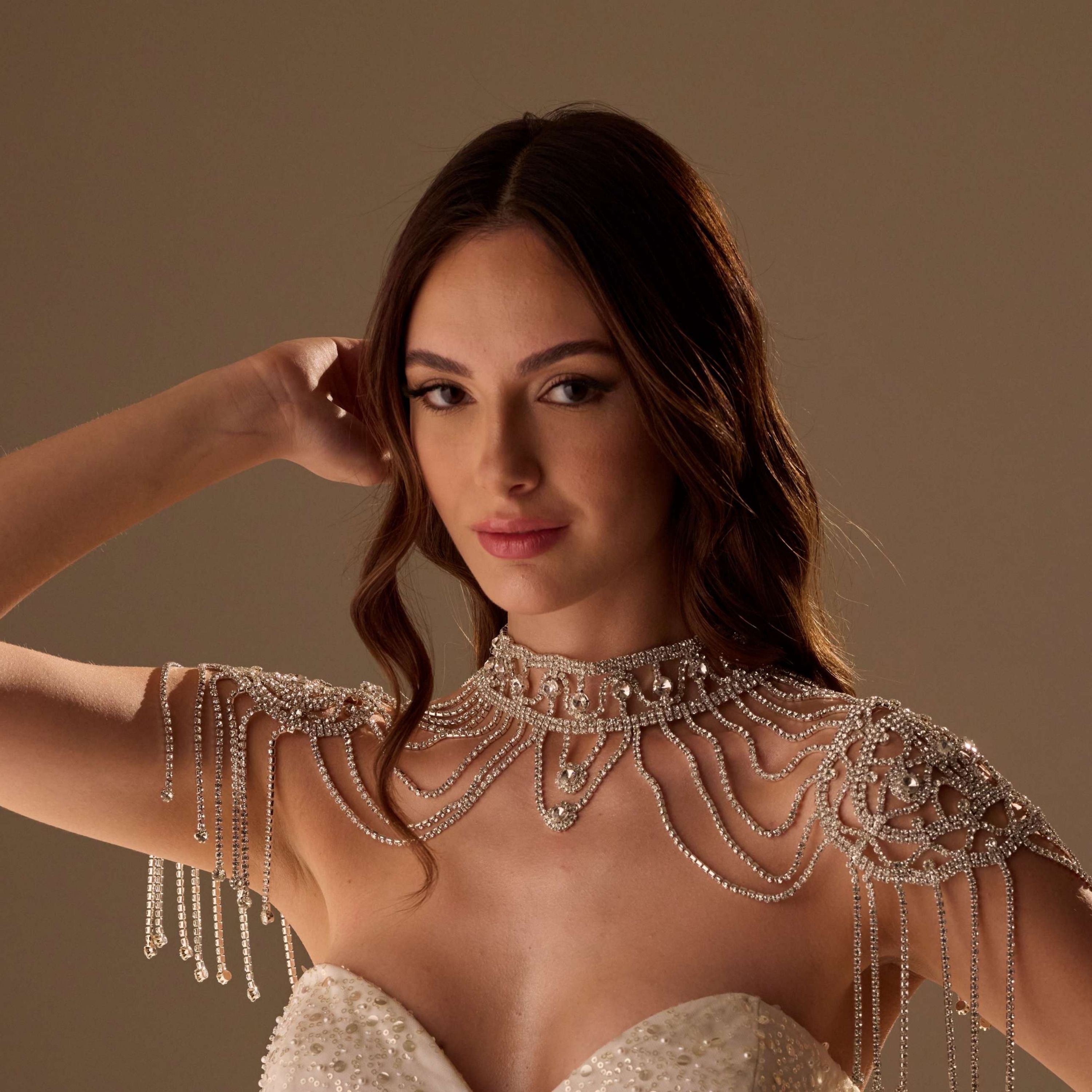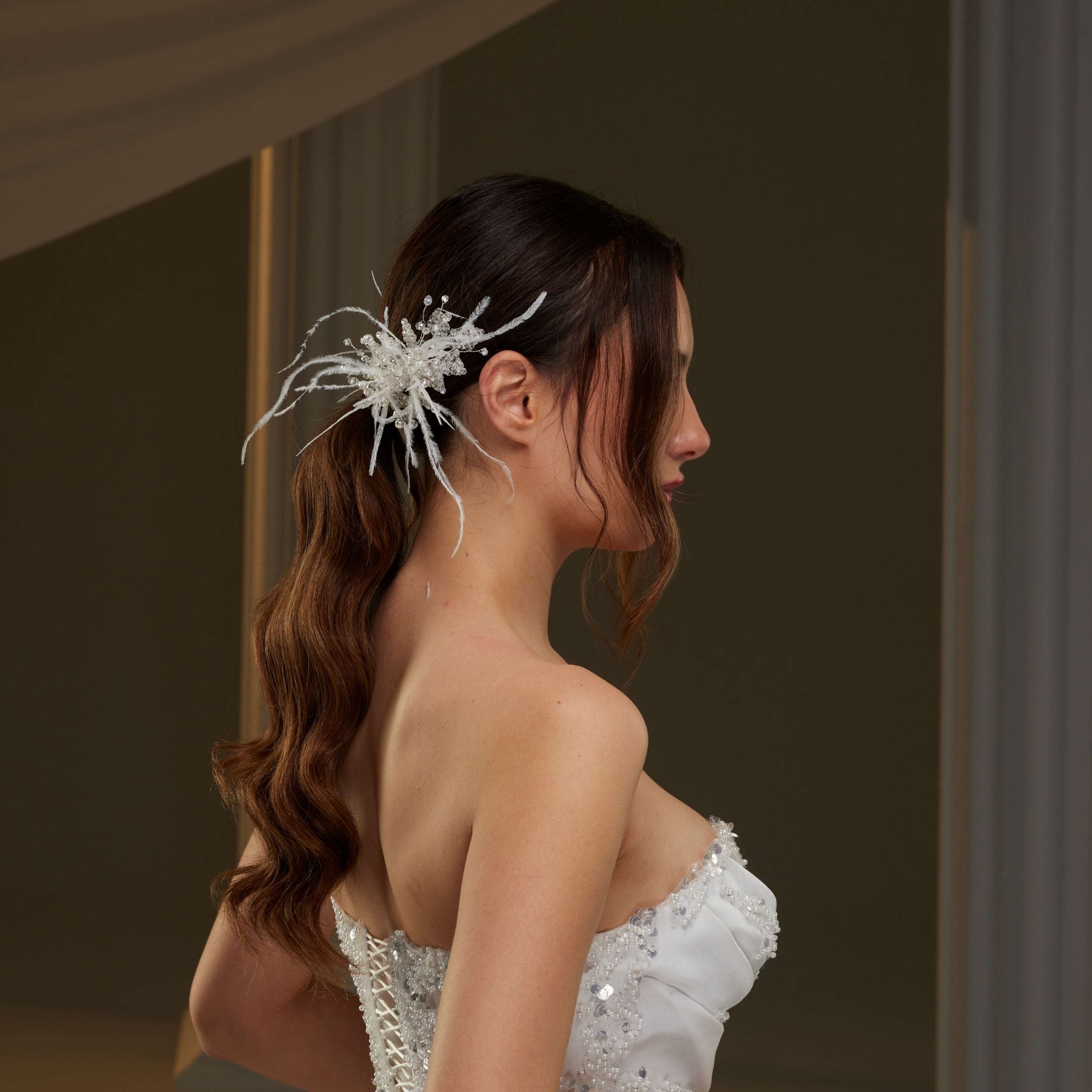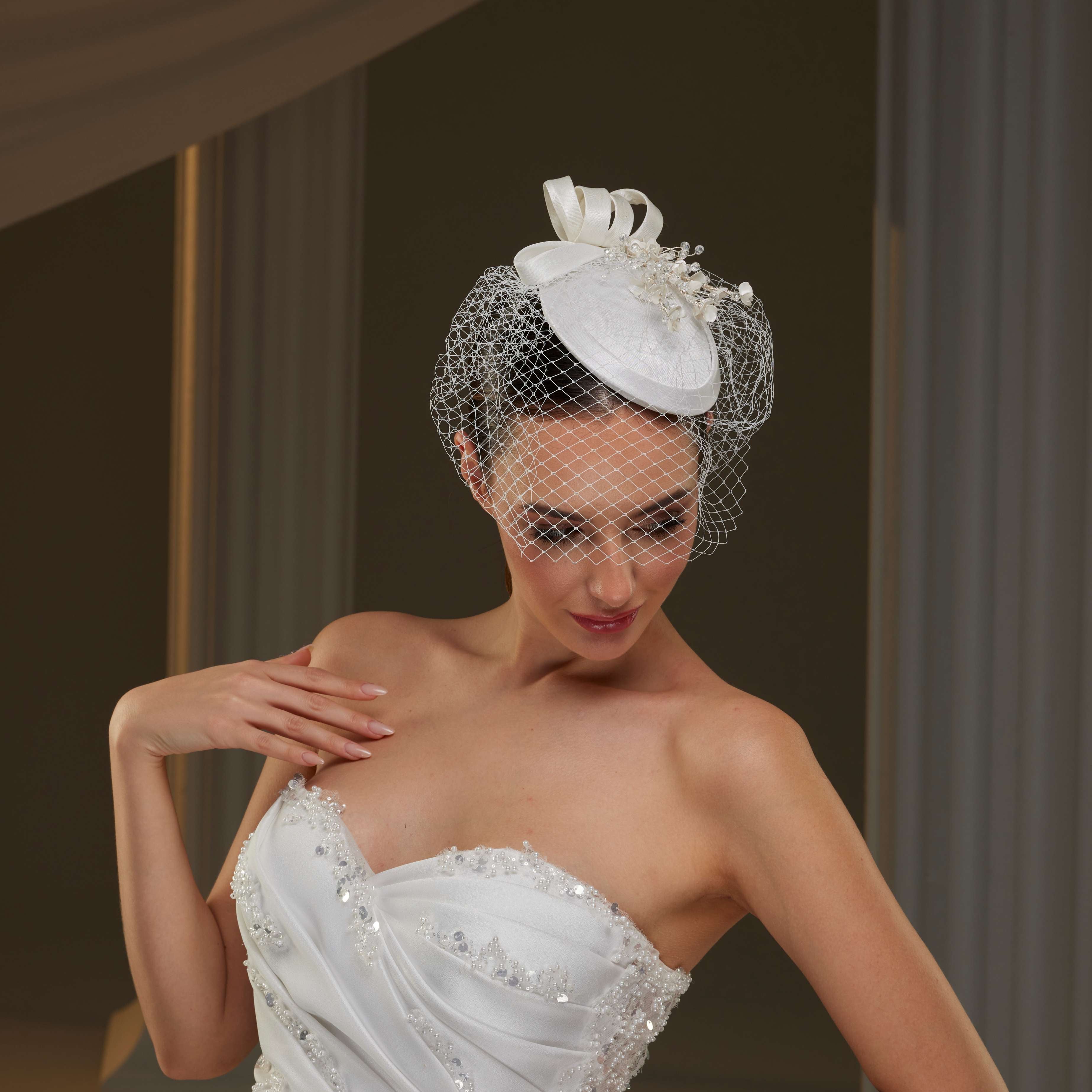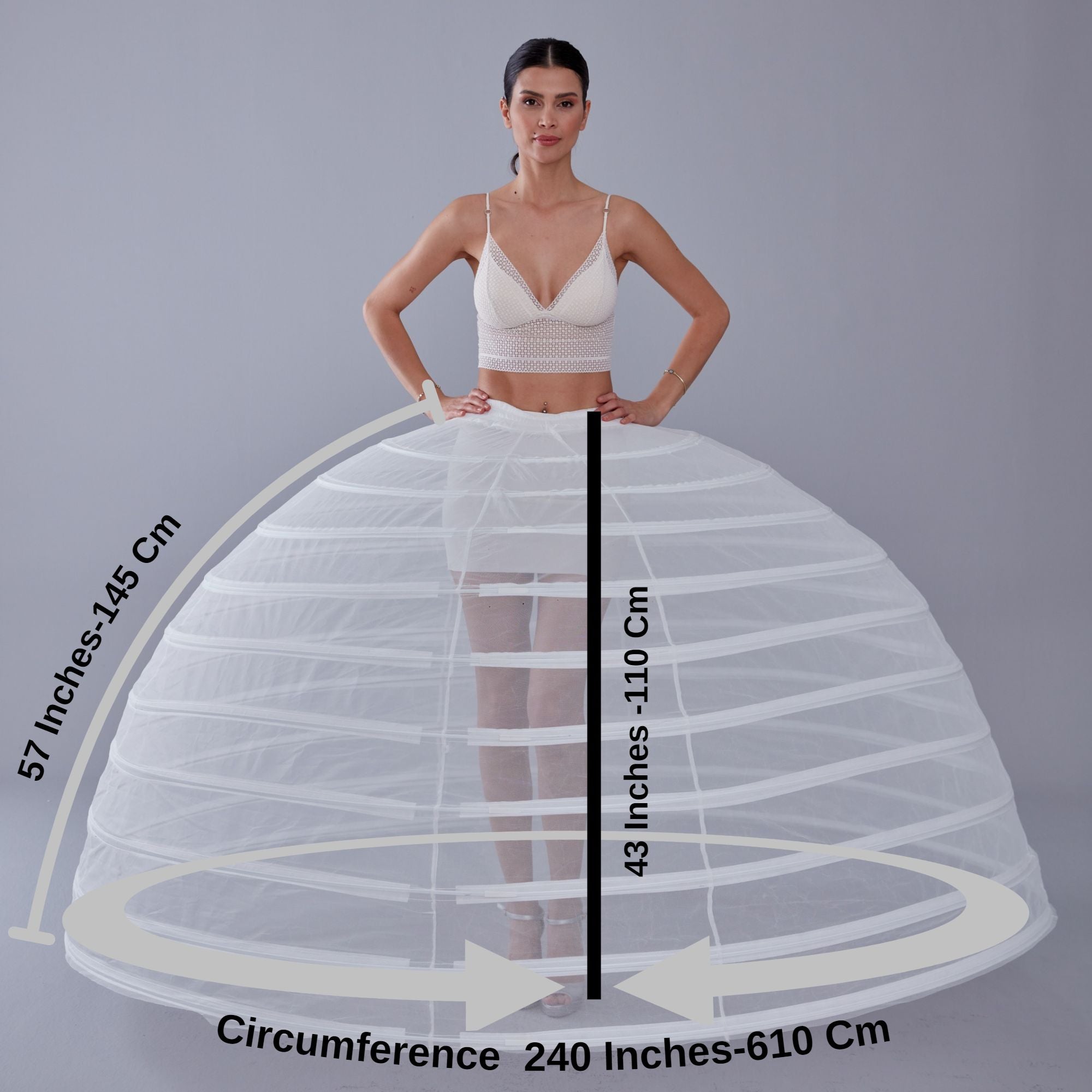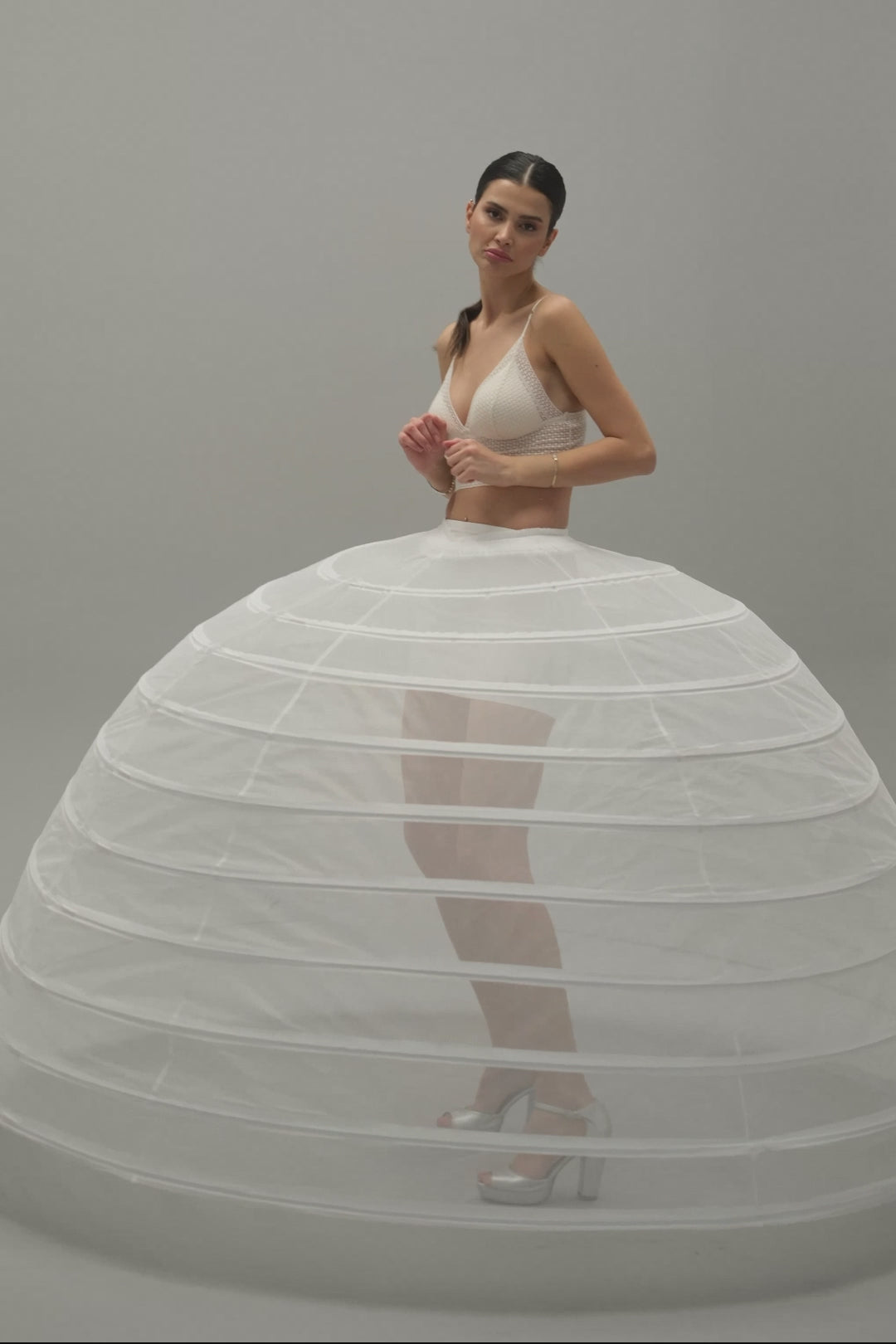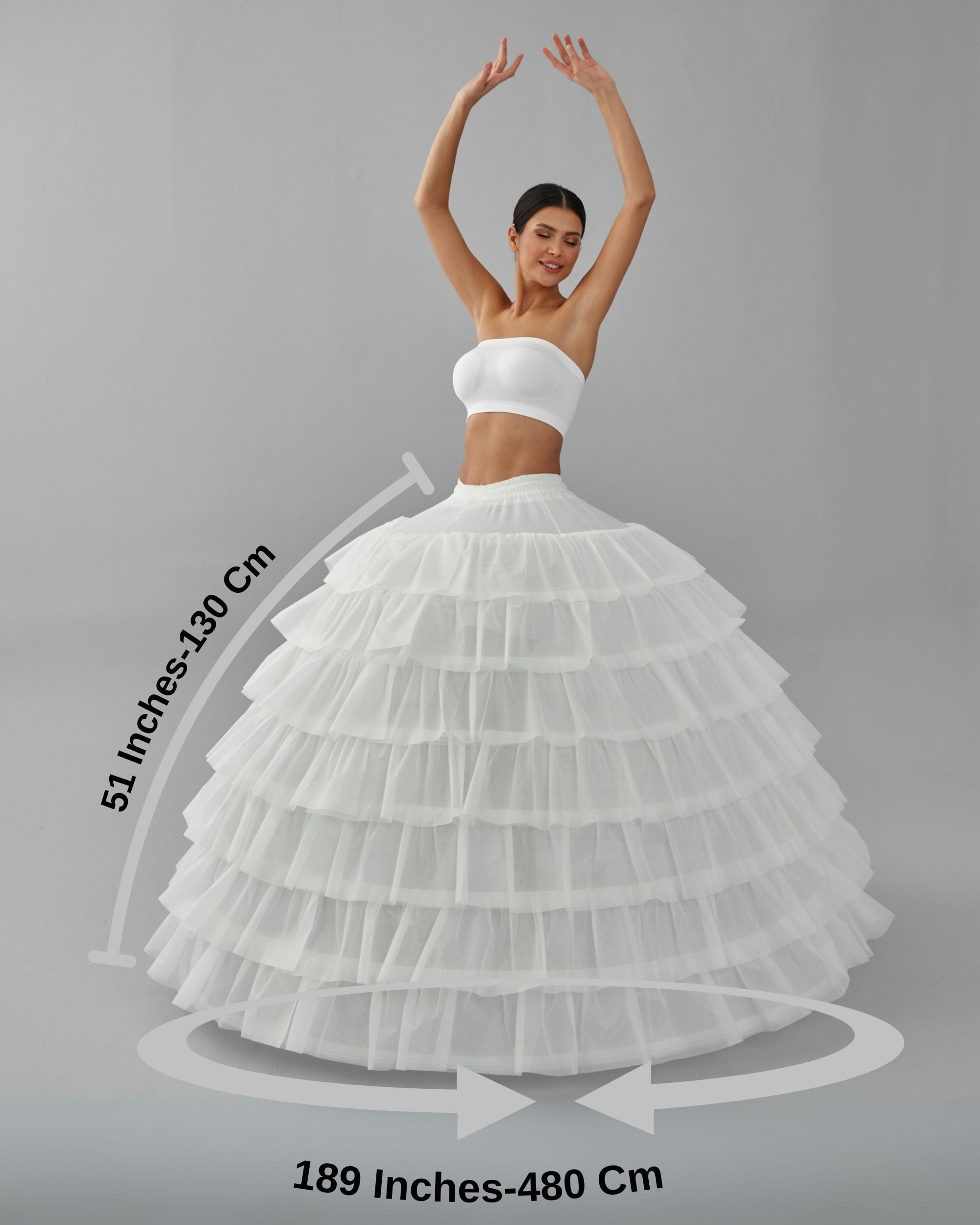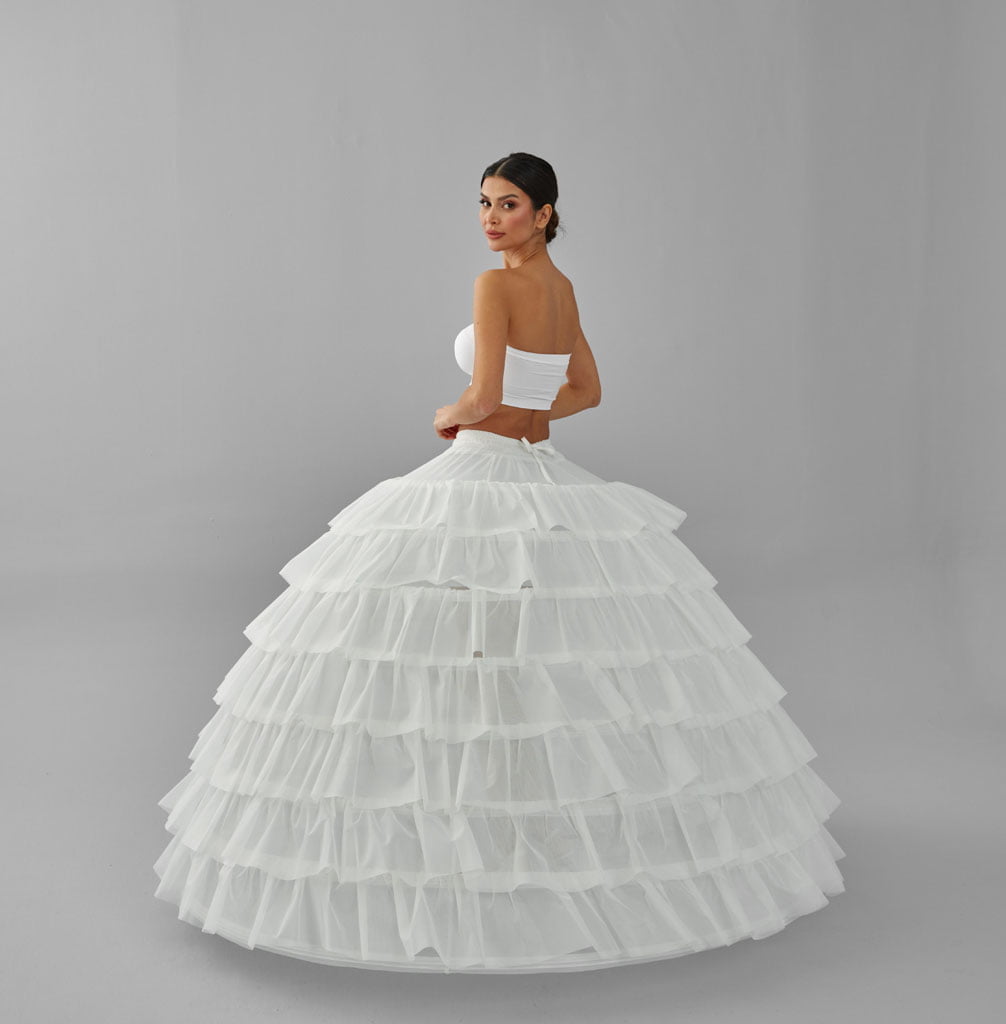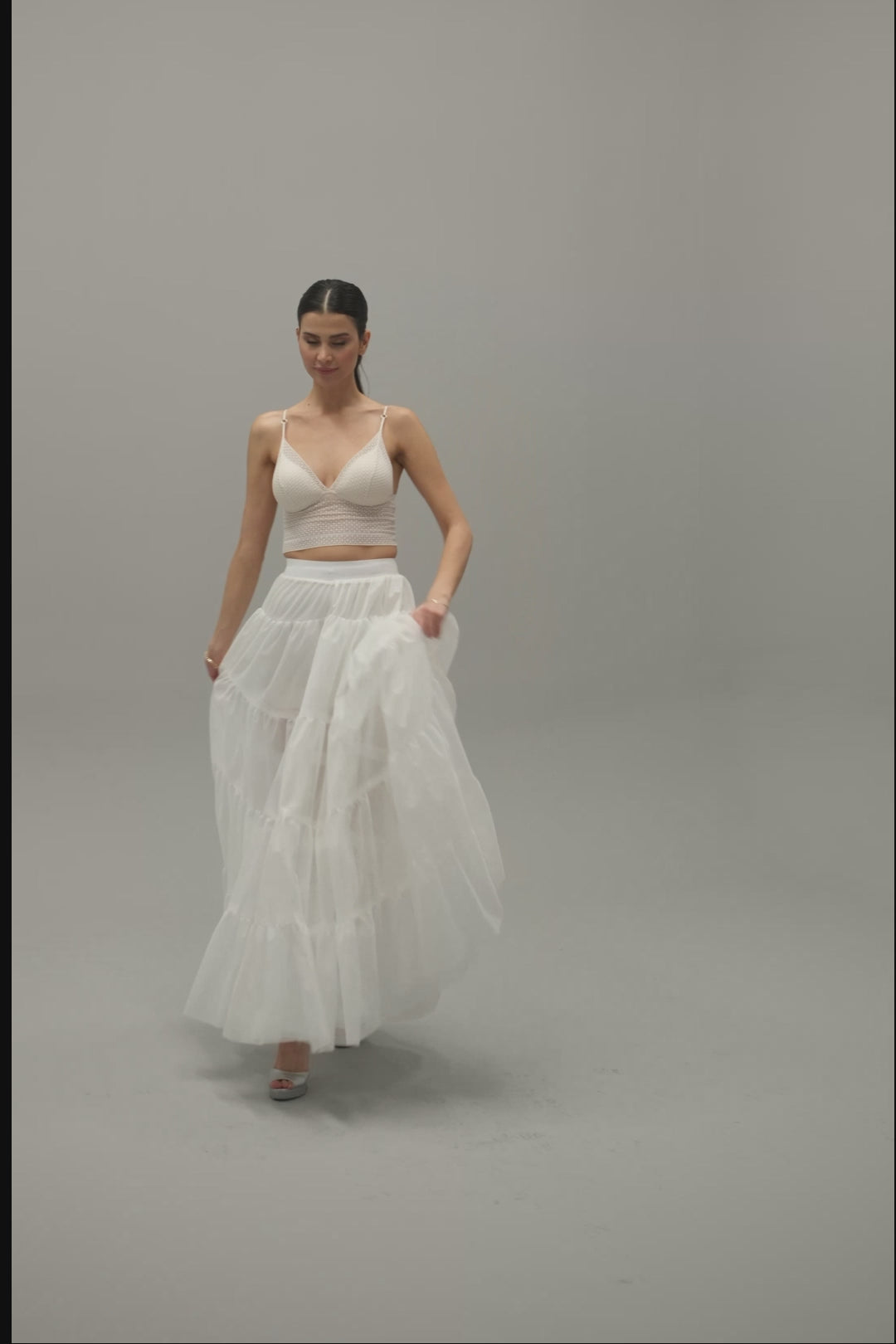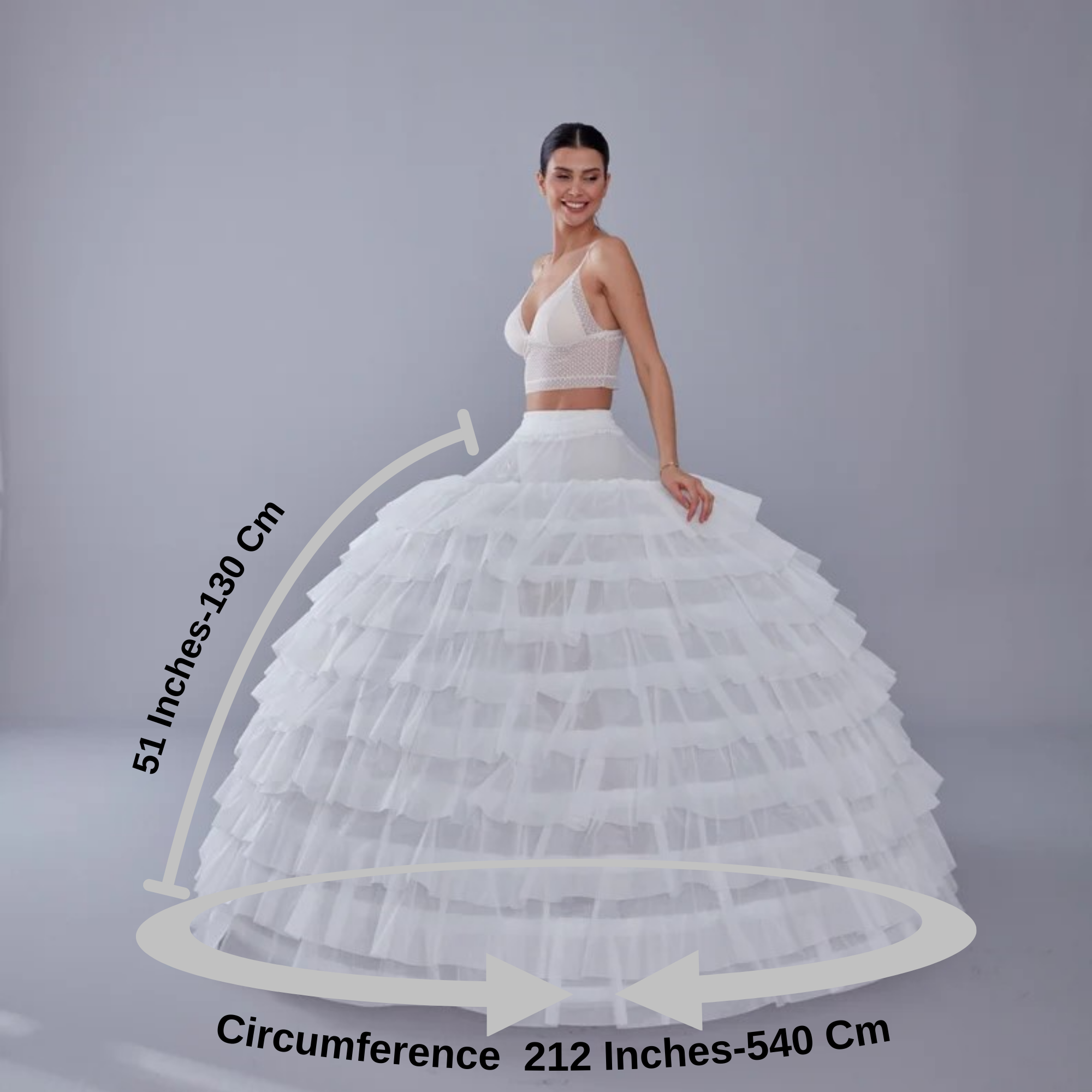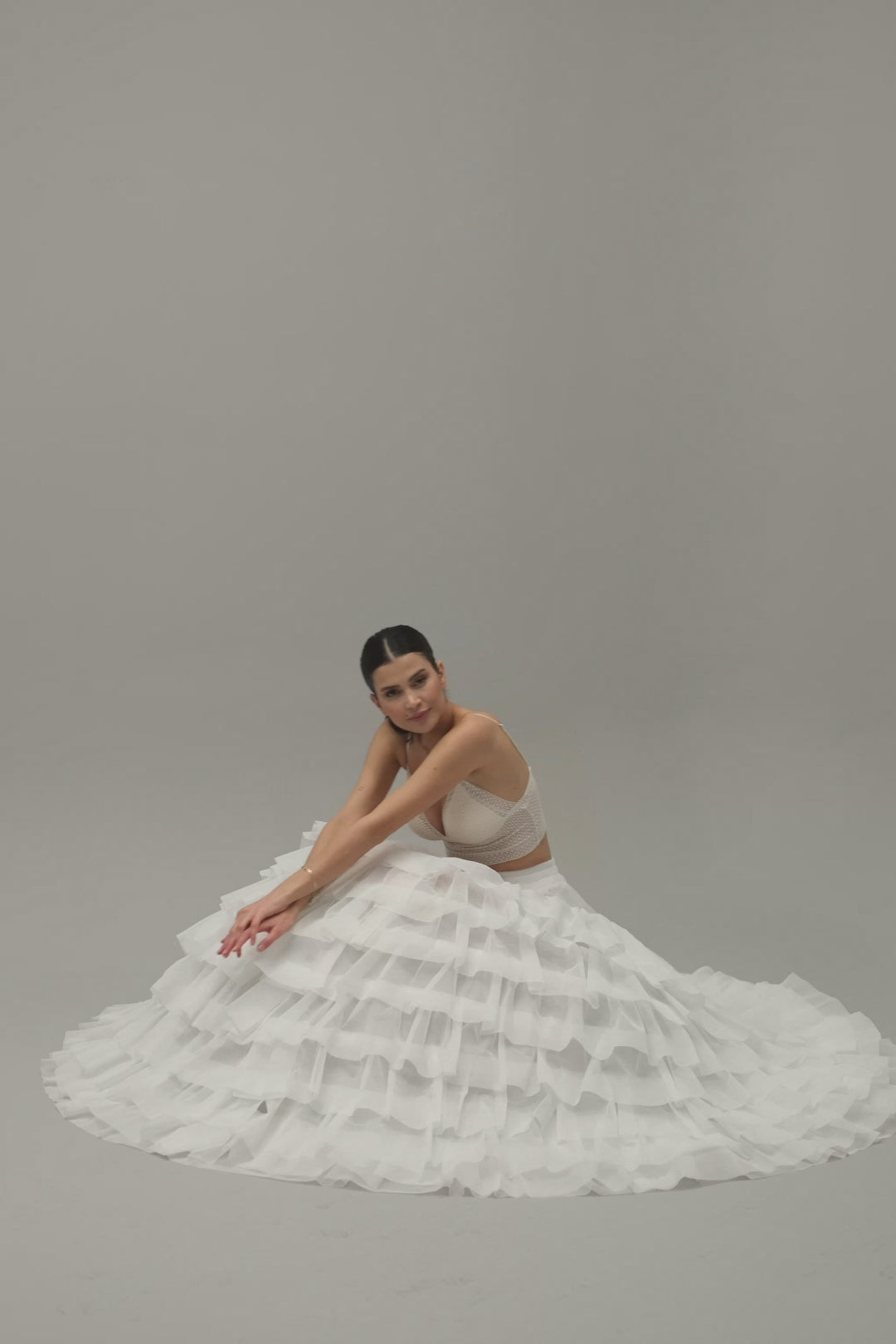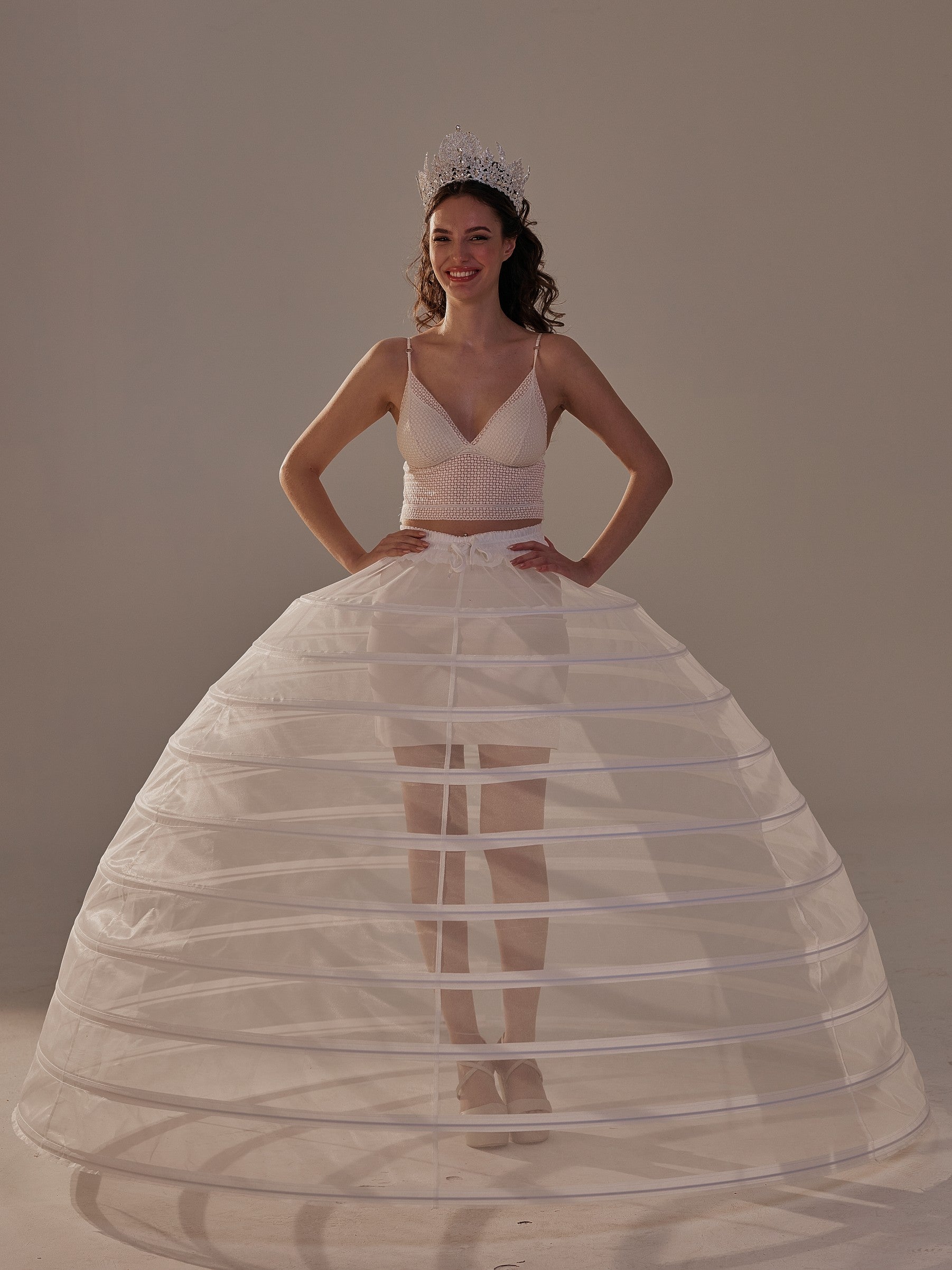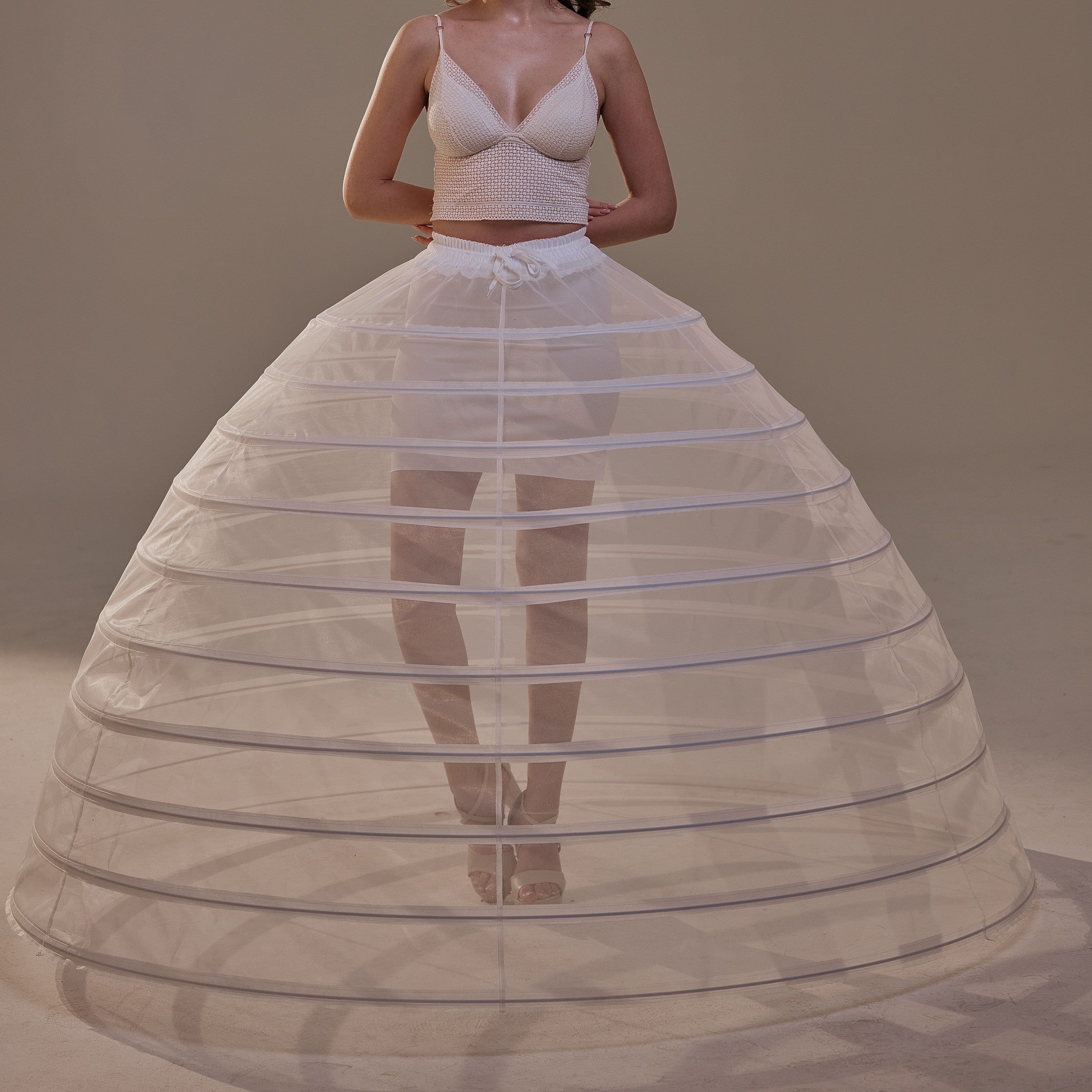The wedding cake is more than just a dessert; it’s a symbol of love, celebration, and unity. This centerpiece of the wedding reception has a rich history and has evolved significantly over the centuries. From simple breads to elaborate confections, the wedding cake has become an iconic element of weddings around the world. In this article, we’ll explore the history of wedding cakes, the symbolism behind them, and the latest trends that are making these sweet treats even more special.
A Slice of History: The Evolution of the Wedding Cake
The tradition of a wedding cake dates back to ancient Rome, where a simple loaf of bread was broken over the bride’s head to symbolize fertility and good fortune. Guests would gather the crumbs as tokens of luck. This early form of the wedding cake was far from the elaborate, multi-tiered creations we see today, but it laid the foundation for a long-lasting tradition.
In medieval England, the custom evolved into stacking small sweet buns into a tower. The bride and groom would attempt to kiss over the pile without toppling it, which was believed to ensure a lifetime of prosperity. The taller the stack, the greater the fortune—if they succeeded!
The multi-tiered wedding cake as we know it began to take shape in the 17th century. White icing, known as "royal icing," became popular during the Victorian era, symbolizing purity and the bride’s virginity. The layers of the cake also started to represent the couple's prosperity, with each tier signifying a different aspect of their life together.
Symbolism of the Wedding Cake
The wedding cake carries deep symbolic meaning. Traditionally, it is seen as a symbol of good fortune, fertility, and the couple’s shared future. The act of cutting the cake together is the first task the newlyweds perform as a married couple, representing their commitment to support each other.
The cake’s tiers have also been imbued with meaning over time. In traditional English weddings, the top tier was often saved for the christening of the couple’s first child, a custom that linked the cake directly to the idea of family and continuity. The middle tier was meant for sharing with guests, and the bottom tier was for the wedding day itself.
Even the ingredients used in the cake have symbolic value. Fruitcakes, once a popular choice for wedding cakes, symbolized abundance and fertility due to their rich content of preserved fruits and nuts.

Modern Wedding Cake Trends
While the classic white wedding cake remains a popular choice, modern couples are increasingly opting for cakes that reflect their personal style and taste. Here are some of the latest trends in wedding cakes:
-
Naked Cakes: These cakes are minimally frosted, allowing the layers and filling to be visible. Naked cakes have a rustic, natural look and are often decorated with fresh flowers, fruits, or herbs.
-
Metallic Accents: Gold, silver, and rose gold accents are making their way onto wedding cakes, adding a touch of glamour and sophistication. These metallic details can be applied as edible leaf, painted designs, or even dripped glaze.
-
Geode Cakes: Inspired by the natural beauty of geodes, these cakes feature crystal-like formations made from rock candy or sugar. The result is a stunning and unique design that adds a touch of whimsy to the celebration.
-
Floral Adornments: Fresh flowers have long been a favorite decoration for wedding cakes, but edible flowers and intricate sugar blooms are taking center stage. These cakes are often designed to match the wedding’s floral arrangements.
-
Non-Traditional Flavors: While vanilla and chocolate remain staples, more couples are choosing adventurous flavors like lavender, matcha, or salted caramel. Some are even opting for savory cakes, incorporating flavors like cheese or herbs.
-
Monogrammed Cakes: Personalization is a key trend in weddings, and monogrammed cakes are a beautiful way to incorporate the couple’s initials into the design. These cakes can be simple and elegant or lavishly decorated, depending on the couple’s style.
-
Single-Tier Cakes: For smaller, more intimate weddings, single-tier cakes are becoming popular. These cakes still allow for creative designs and can be paired with a variety of desserts in a cake table display.
-
Interactive Cake Stations: Some couples are moving away from the traditional cake-cutting ceremony in favor of interactive dessert stations, where guests can customize their own slices or even build mini cakes.
The Future of Wedding Cakes
As weddings continue to evolve, so too will the tradition of the wedding cake. Sustainability is becoming a key concern for many couples, leading to a rise in the use of locally sourced, organic ingredients, and eco-friendly packaging. Additionally, with the growing popularity of personalized weddings, cakes are likely to become even more unique and reflective of the couple's individual story.
In some cases, couples are choosing to forgo the traditional cake altogether in favor of dessert tables featuring a variety of sweet treats like cupcakes, donuts, or macarons. This trend allows for more variety and caters to different tastes and dietary needs.

The wedding cake is more than just a delicious treat; it’s a symbol of love, unity, and celebration. Whether you choose a classic multi-tiered cake, a trendy naked cake, or a non-traditional dessert alternative, the wedding cake will always be a centerpiece of the wedding reception, bringing joy and sweetness to your special day. As couples continue to innovate and personalize their weddings, the tradition of the wedding cake will surely continue to evolve, remaining a cherished part of the celebration for years to come.

